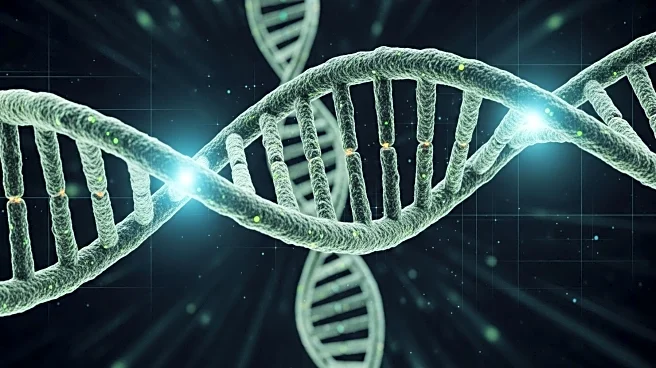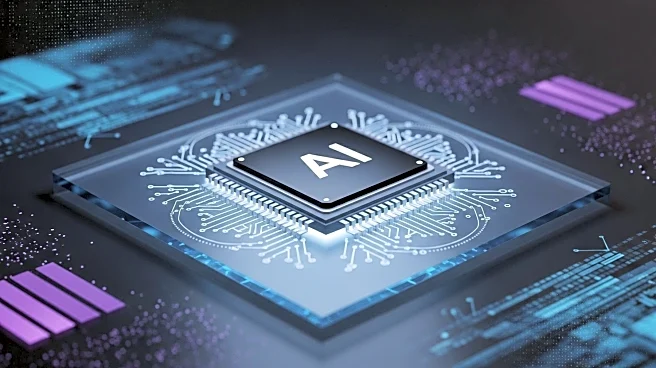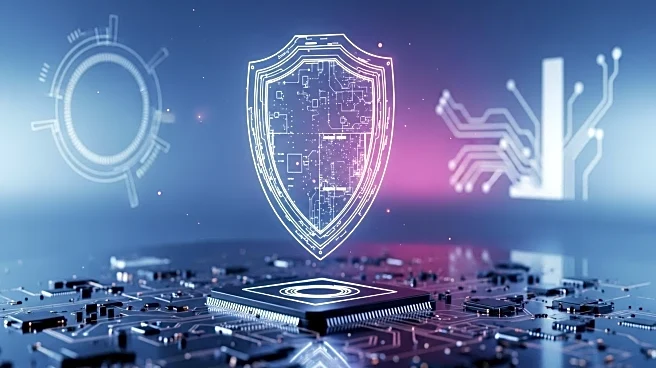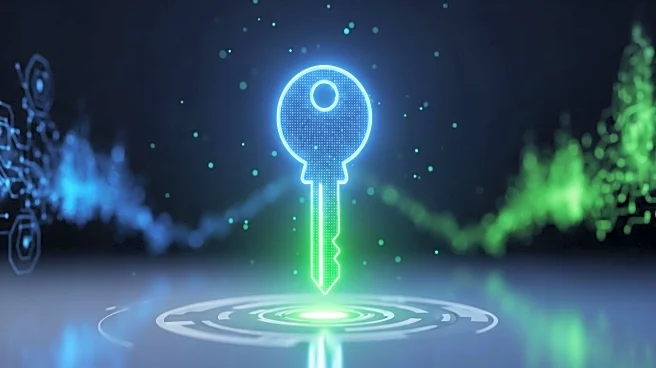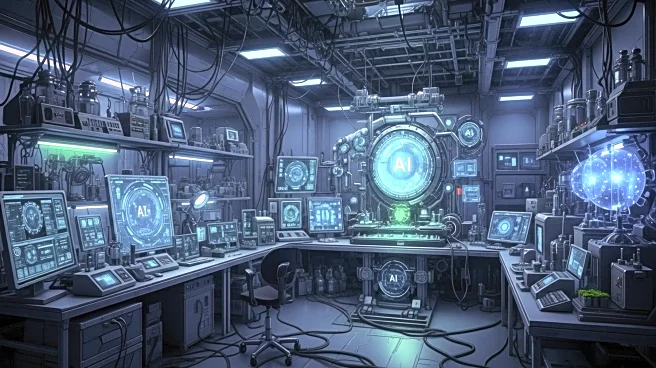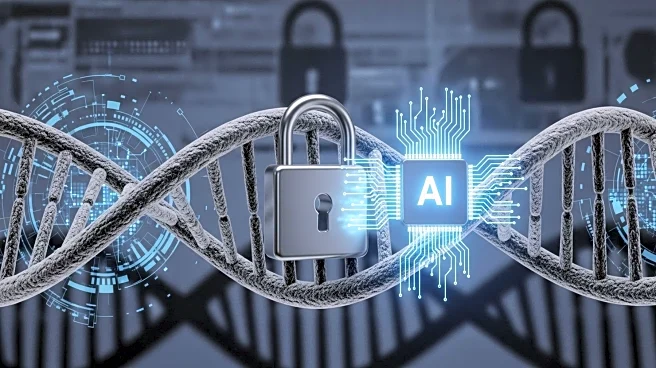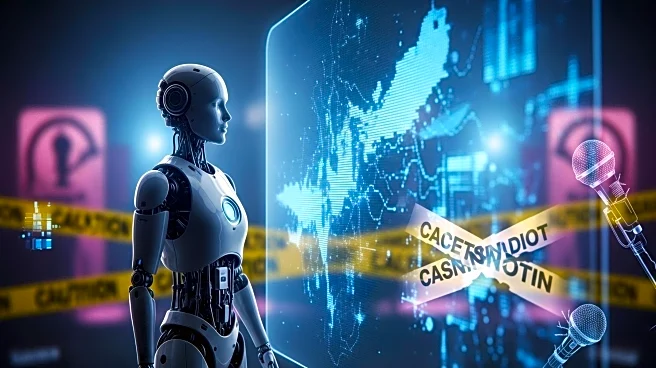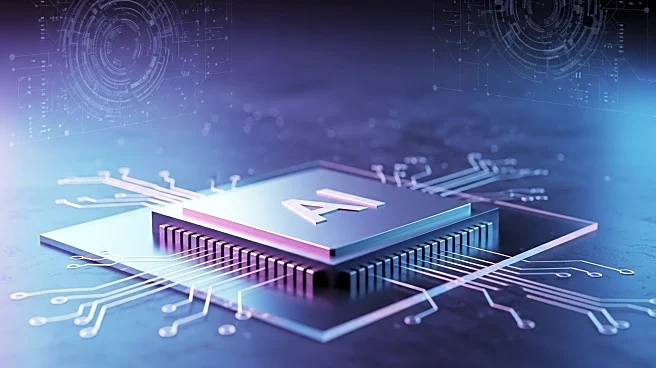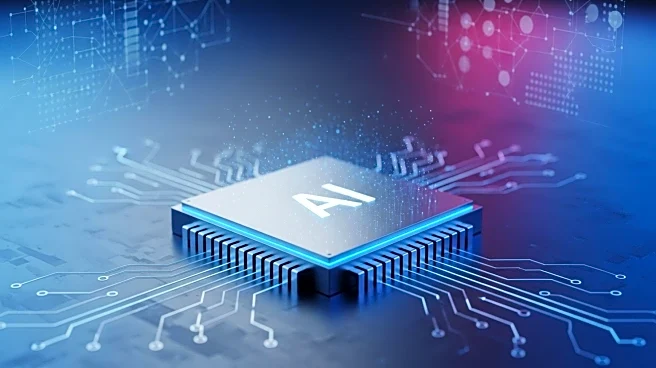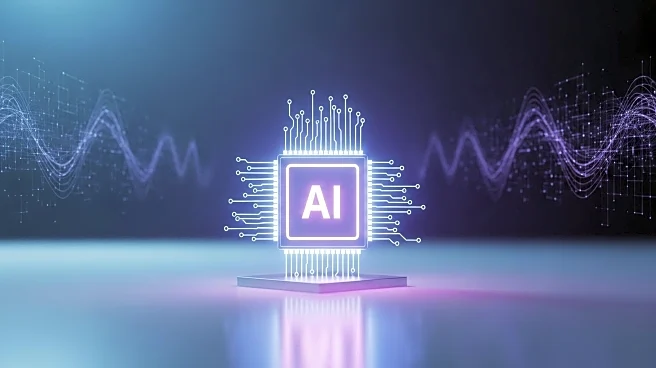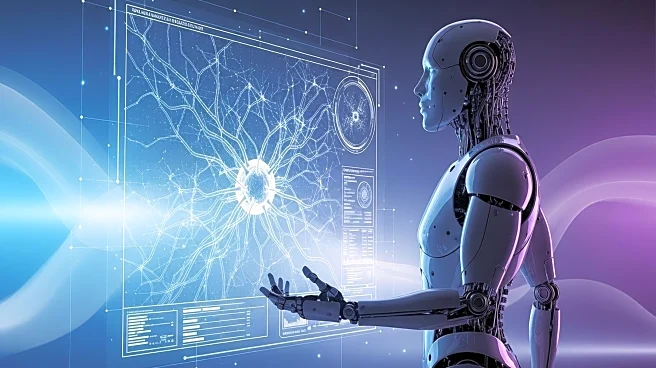What is the story about?
What's Happening?
A recent study published in the journal Science has highlighted significant biosecurity risks associated with artificial intelligence (AI) in the field of DNA design. Researchers have demonstrated that AI can be used to 'paraphrase' DNA codes of toxic proteins, effectively bypassing the biosecurity screening measures employed by DNA synthesis companies. These companies typically screen orders to prevent the acquisition of dangerous genetic material, such as smallpox or anthrax genes. However, the study found that AI-generated DNA codes for over 75,000 variants of hazardous proteins were able to evade these security systems. Eric Horvitz, Microsoft's chief scientific officer, noted that while a fix was implemented to improve the screening software, it remains imperfect, failing to detect a small fraction of the variants. This development raises concerns about the potential misuse of AI in creating biothreats.
Why It's Important?
The findings of this study underscore the dual-use nature of AI in biotechnology, where tools designed for beneficial purposes can also be exploited for harmful ends. The ability of AI to circumvent existing biosecurity measures poses a significant threat to global health and safety, as it could potentially enable the creation of novel bioweapons. This situation calls for enhanced regulatory frameworks and international cooperation to address the emerging risks associated with AI in biological research. The study also highlights the need for ongoing vigilance and adaptation of biosecurity protocols to keep pace with technological advancements. While the current number of actors attempting to misuse such technology is reportedly low, the potential consequences of even a single successful attempt could be catastrophic.
What's Next?
In response to these findings, there is likely to be increased scrutiny and debate within the scientific community and among policymakers regarding the regulation of AI in biotechnology. The study's authors have already taken steps to restrict access to their data and software, enlisting a third-party organization to manage the dissemination of sensitive information. This approach may serve as a model for future research involving potentially hazardous information. Additionally, there may be calls for international treaties to be updated to address the unique challenges posed by AI in the context of biosecurity. As the technology continues to evolve, stakeholders will need to collaborate to develop robust safeguards that can effectively mitigate the risks identified in this study.
Beyond the Headlines
The ethical implications of AI in biotechnology extend beyond immediate biosecurity concerns. The potential for AI to be used in designing bioweapons raises questions about the responsibilities of researchers and companies in managing dual-use technologies. There is also a cultural dimension to consider, as the open science model, which encourages the sharing of research findings, may need to be reevaluated in light of these risks. Balancing the benefits of scientific transparency with the need for security will be a critical challenge for the global research community. Furthermore, the study highlights the importance of interdisciplinary collaboration, as addressing these complex issues will require input from experts in AI, biology, ethics, and policy.
AI Generated Content
Do you find this article useful?
